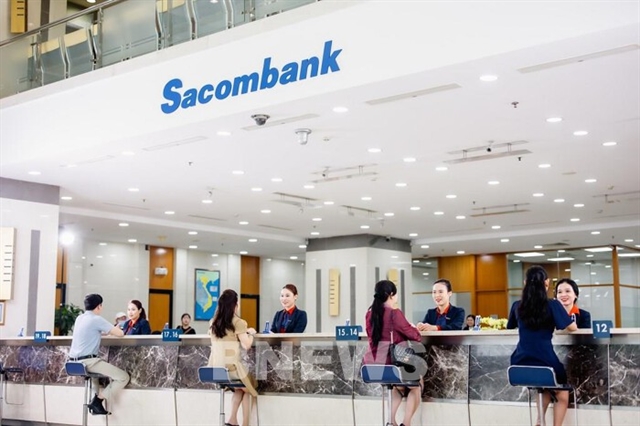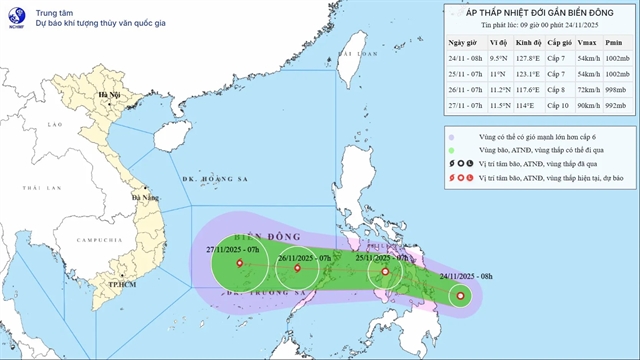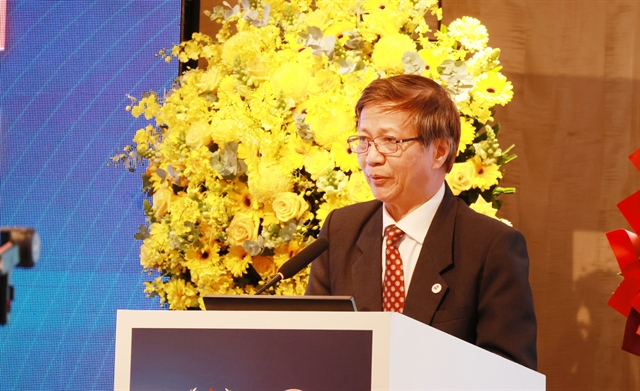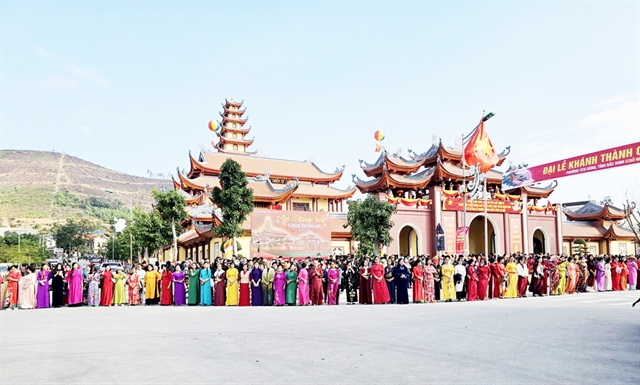 Life & Style
Life & Style

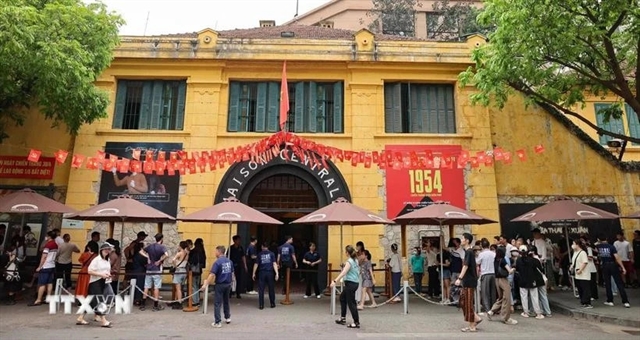 |
| Hỏa Lò prison relic site draws throngs of visitors. VNA/VNA Photo |
HÀ NỘI — Hà Nội has mobilised hundreds of billions of đồng for the restoration, preservation and promotion of local cultural heritage every year, transforming the treasures into engines for sustainable tourism development.
With a collection of 6,489 relics, including three UNESCO-recognised intangible cultural heritage elements and one world documentary heritage, as well as 1,350 craft villages, Hà Nội leads Việt Nam in cultural heritage abundance. These assets represent a rich resource for socio-economic development, particularly in the cultural industry.
Besides, the capital city boasts multiple traditional performing arts and folk cultural activities, including ca trù (ceremonial singing) – a world-recognised heritage, xẩm (blind busker's singing), and hát văn (a form of ritual singing), which greatly appeal to both domestic and international tourists.
Over the recent past, many organisations and units in the city have innovated their approaches to capitalise on the cultural assets to develop cultural tourism and handicraft tourism. Notable offerings include the “Sacred Night” tour at Hỏa Lò Prison Relic that honours young heroes through authentic historical narratives, the “Decoding the Imperial Citadel of Thăng Long” night tour, the Temple of Literature’s night tour featuring 3D mapping technology, and the Centre for the Quintessence of the Vietnamese Craft Village in Bát Tràng ceramic village.
Despite these achievements, experts suggest Hà Nội develop a professional workforce to maximise the economic value of the heritage. The city requires long-term planning to create products deeply imbued with the cultural identity while ensuring sustainable heritage promotion. Craft villages must enhance tourism services and accelerate digital transformation in product promotion.
Competent authorities should also consolidate and expand tour routes based on heritage values, they said, adding the city needs to study and pilot public-private partnership models in heritage conservation linked with sustainable tourism development, while increasing investment in preservation and promotion of cultural heritage throughout the capital. VNA/VNS

